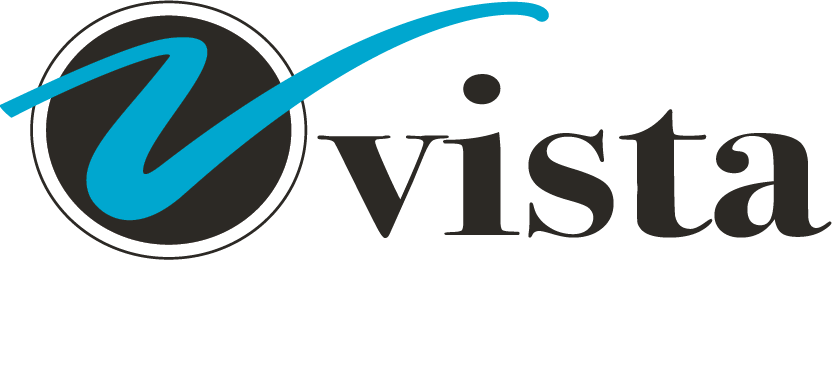Seeing problems from a new perspective
You no doubt, as a leader, have fires to put out, challenges to solve, and work to do. It’s really easy to get caught up in the day-to-day work that is life at the firm and not take a minute to come up for air. Working like this leaves little time for strategic thinking. Mindfulness and mindfulness training allows the time and space to let go of thinking about the everyday fires, the administrative tasks, and the daily firm operations. Freeing up that clutter leaves space for thinking at a more strategic level and approaching problems differently.






